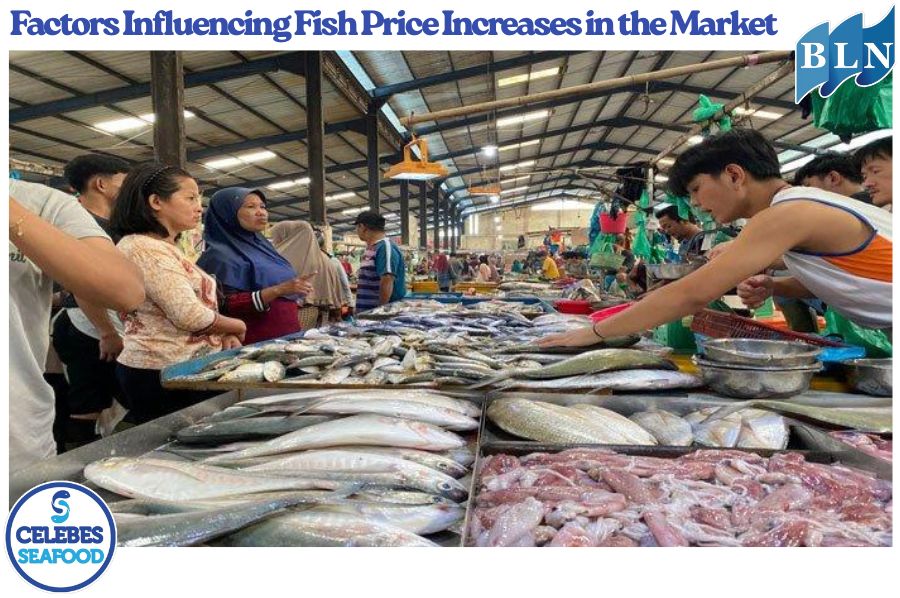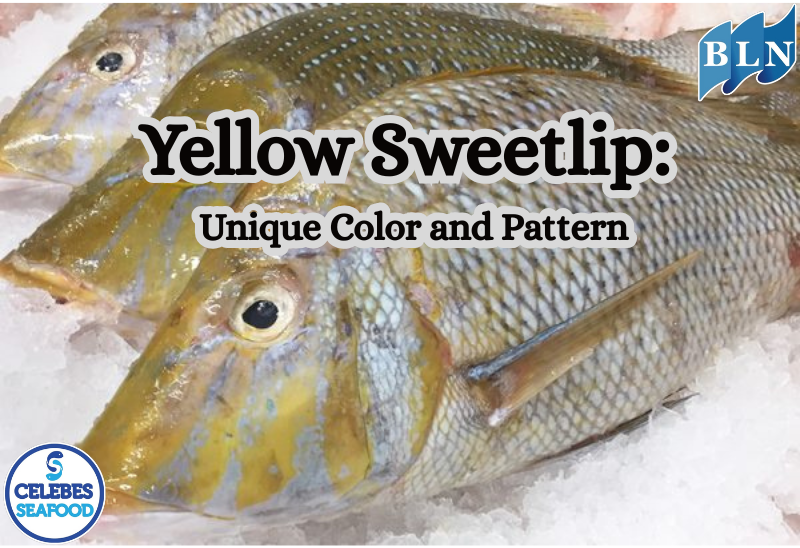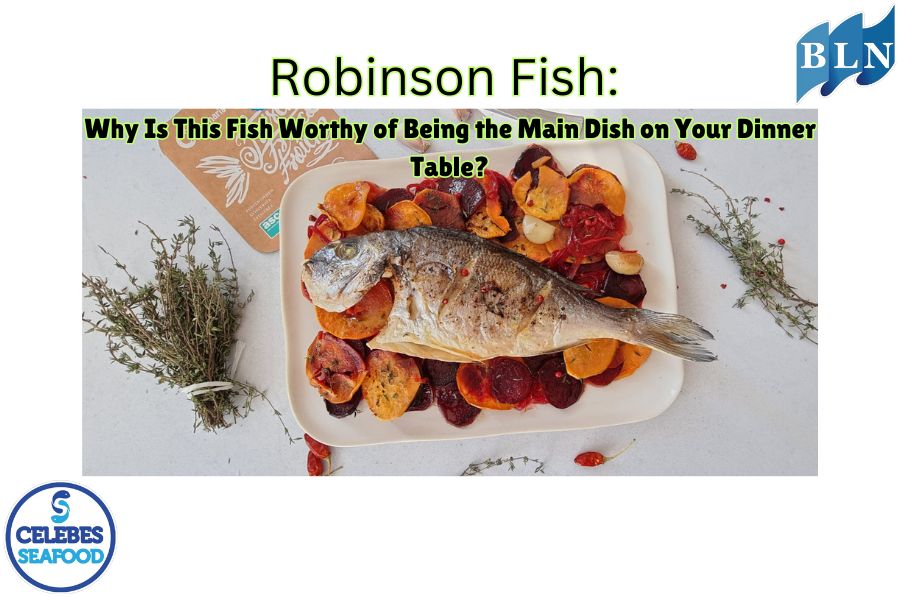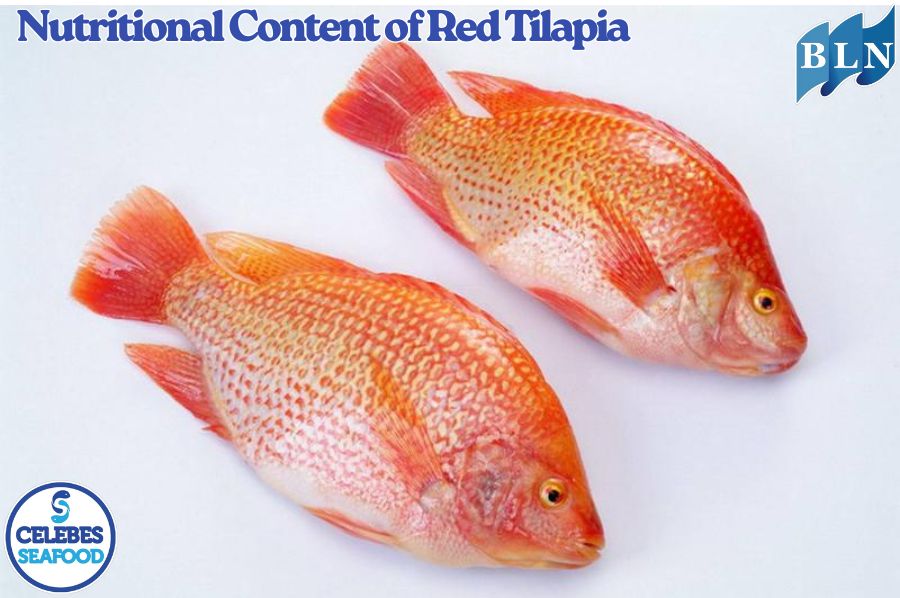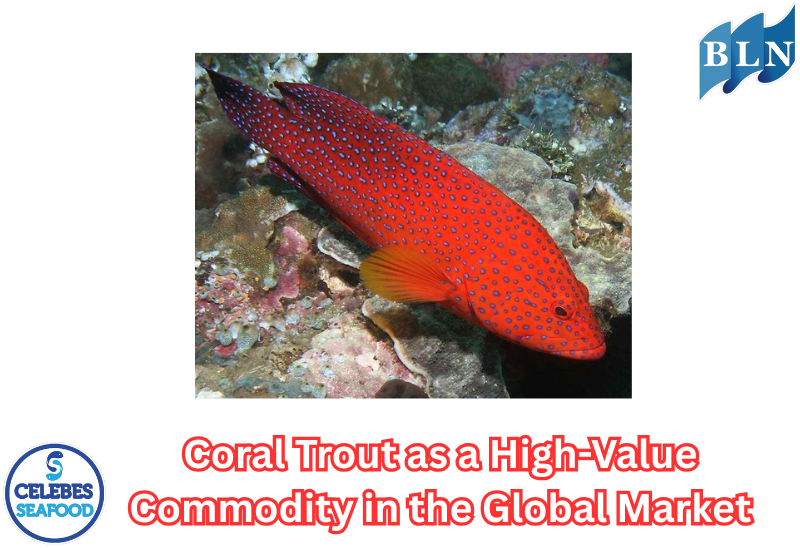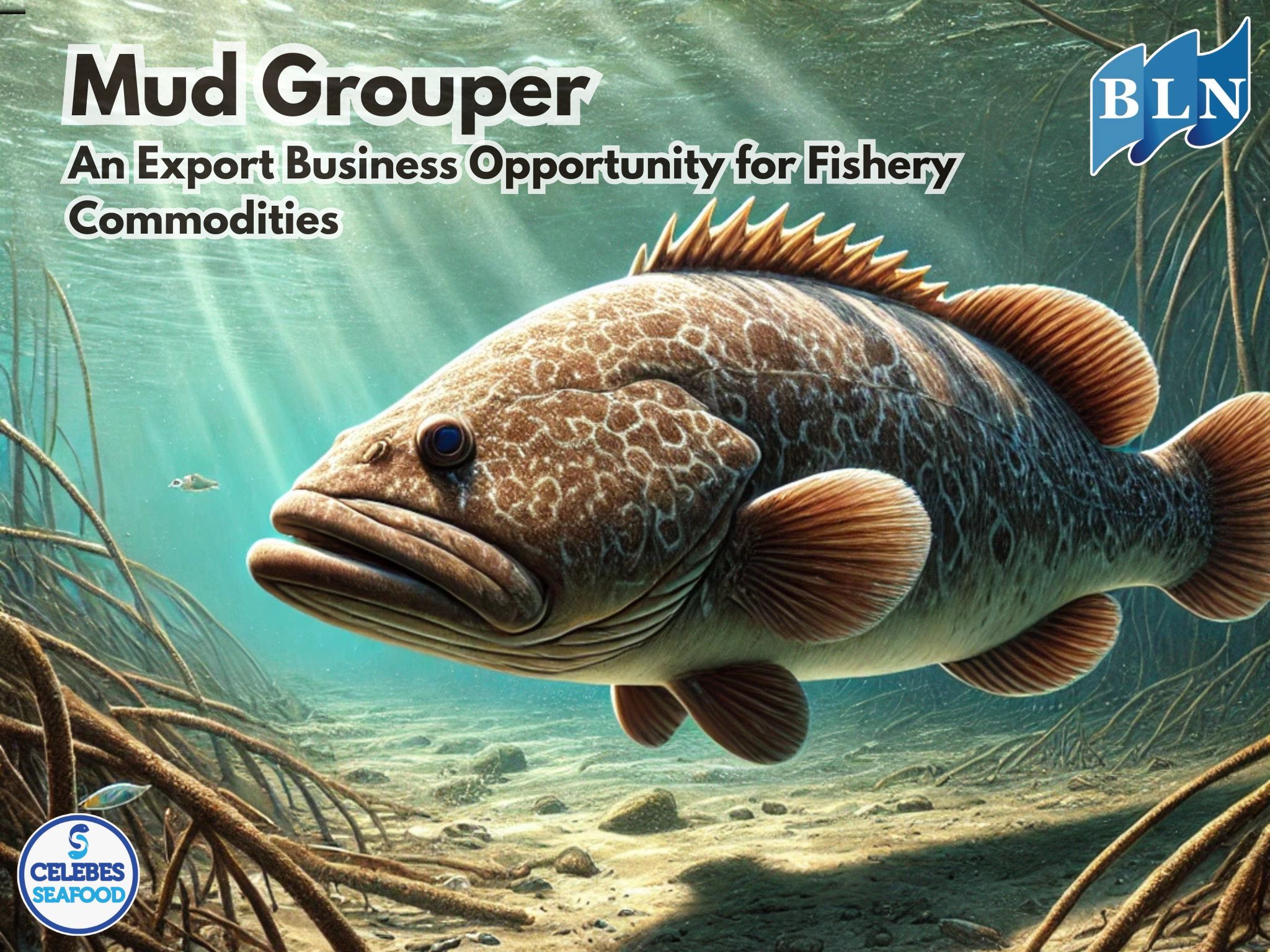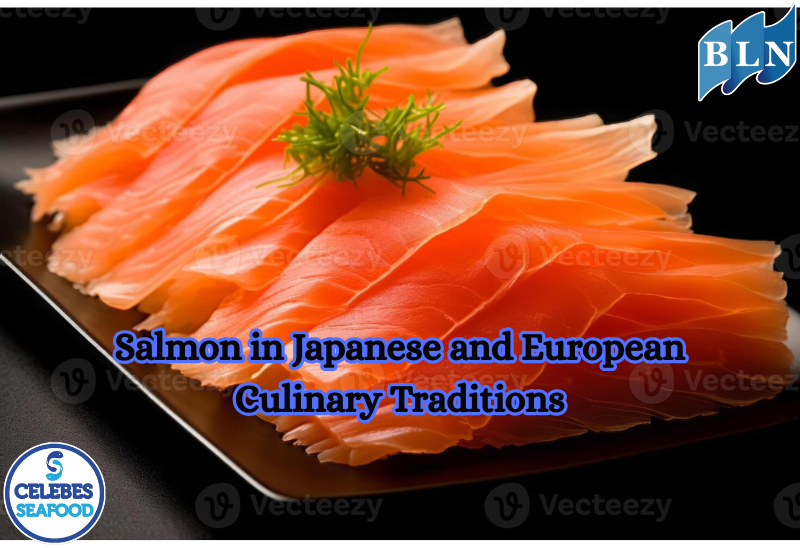Take a Look at Anchovies Catching Process
By. Nevanda - 15 Sep 2023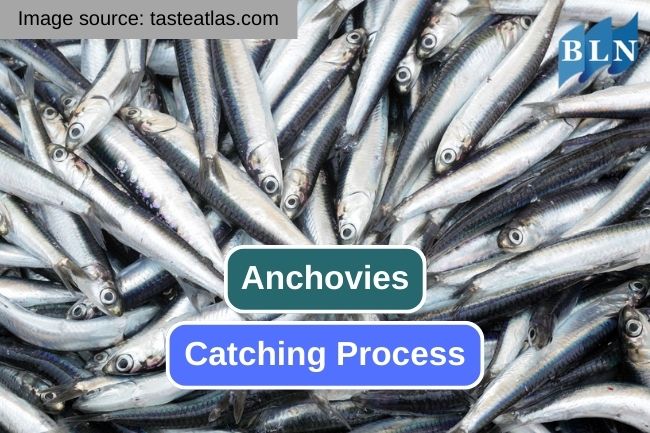
lautnusantara.com - Anchovies, those small and silvery treasures of the sea, are not only prized for their rich umami flavor but also for their ecological significance within marine ecosystems. The process of catching anchovies typically involves several steps, and it can vary depending on the location and the methods used by fishermen. Here is a general overview of the anchovy catching process:
1. Locating Schools of Anchovies
Fishermen use various methods to locate schools of anchovies. This can include using sonar equipment to find schools of fish in the water, looking for visual cues such as birds diving to feed on anchovies, or relying on traditional knowledge of where anchovies are known to congregate.
Read also: A Beginner's Guide to Starting a Pescatarian Diet
2. Fishing Gear
Different types of fishing gear can be used to catch anchovies, including purse seine nets, gillnets, and trawl nets. The choice of gear depends on the specific fishing method and local regulations.
• Purse Seine Fishing
This is a common method for catching anchovies. A purse seine net is a large, vertically hanging net with floats along the top and weights along the bottom. The net is deployed around a school of anchovies, and the bottom of the net is then drawn closed like a purse, capturing the fish inside.
• Gillnet Fishing
Gillnets are vertical nets with small mesh sizes that are set in the path of anchovies as they swim. When the anchovies swim into the net, they become entangled in the mesh by their gills, hence the name "gillnet."
• Trawl Net Fishing
Trawl nets are large nets that are towed behind fishing vessels. They can be used to catch anchovies, although they may also catch other species in the process.
3. Hauling In the Catch
Once the nets are set, they are left in the water for a period of time to allow anchovies to swim into them. Afterward, the nets are hauled back on board the fishing vessel.
Read also: Unveiling the Challenges and Drawbacks of Pescatarian Lifestyles
4. Processing and Preservation
Onboard the fishing vessel, the anchovies are sorted, and any unwanted bycatch is typically released. The anchovies are then processed, which may involve cleaning, gutting, and sometimes brining or curing to preserve the fish.
5. Storage and Transport
Processed anchovies are usually stored in containers or frozen for transport to processing facilities or markets.
It's important to note that sustainable fishing practices are crucial to ensure the long-term health of anchovy populations and the marine ecosystem. Overfishing can lead to population declines and disrupt the balance of the marine food web. Many regions have regulations and quotas in place to manage anchovy fisheries and prevent overfishing.
Read also: Exploring the Nutritional Transformations in Smoked Fish
 in Protecting Shrimp Commodities from Radioactive Contamination.png)
